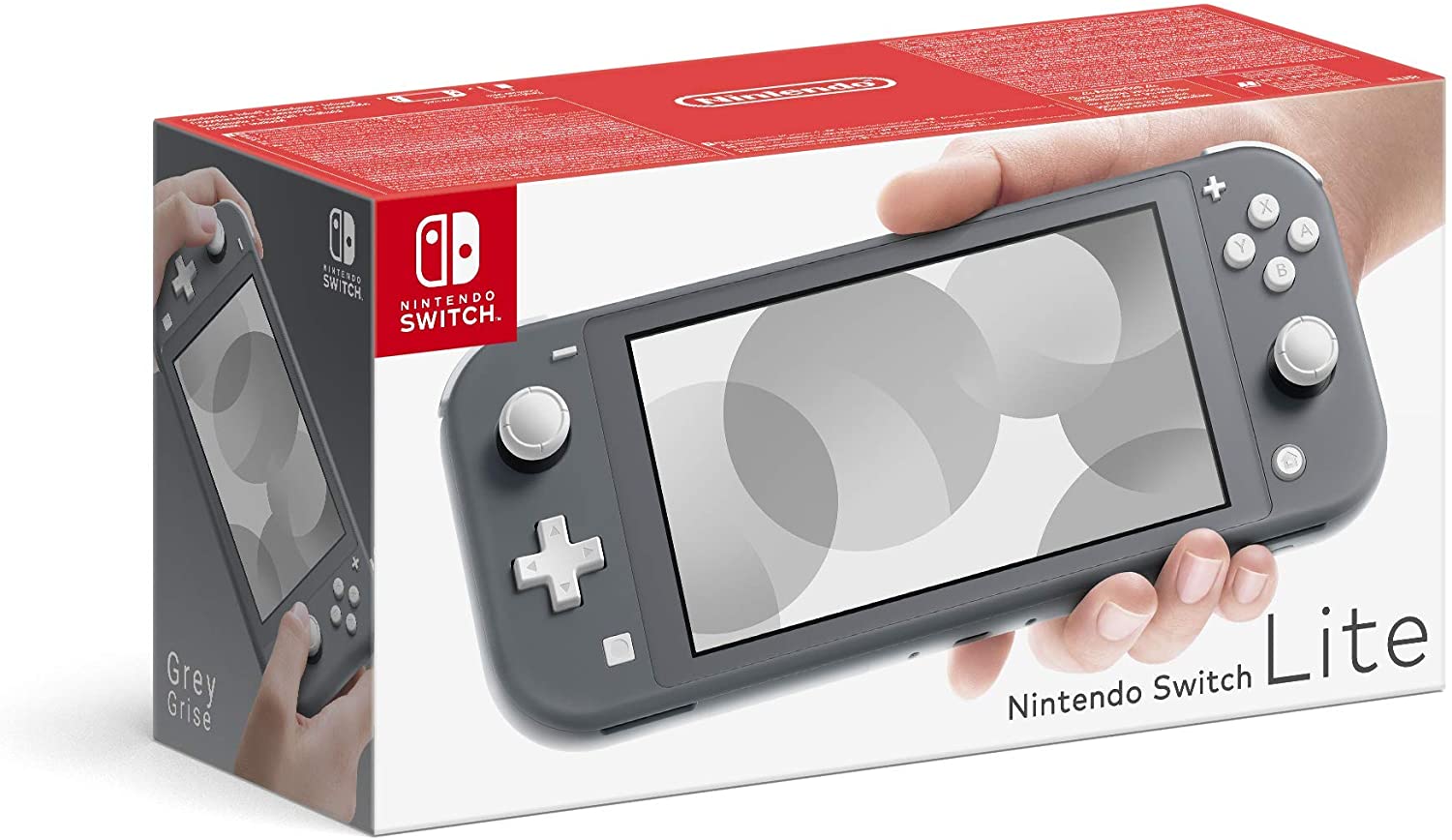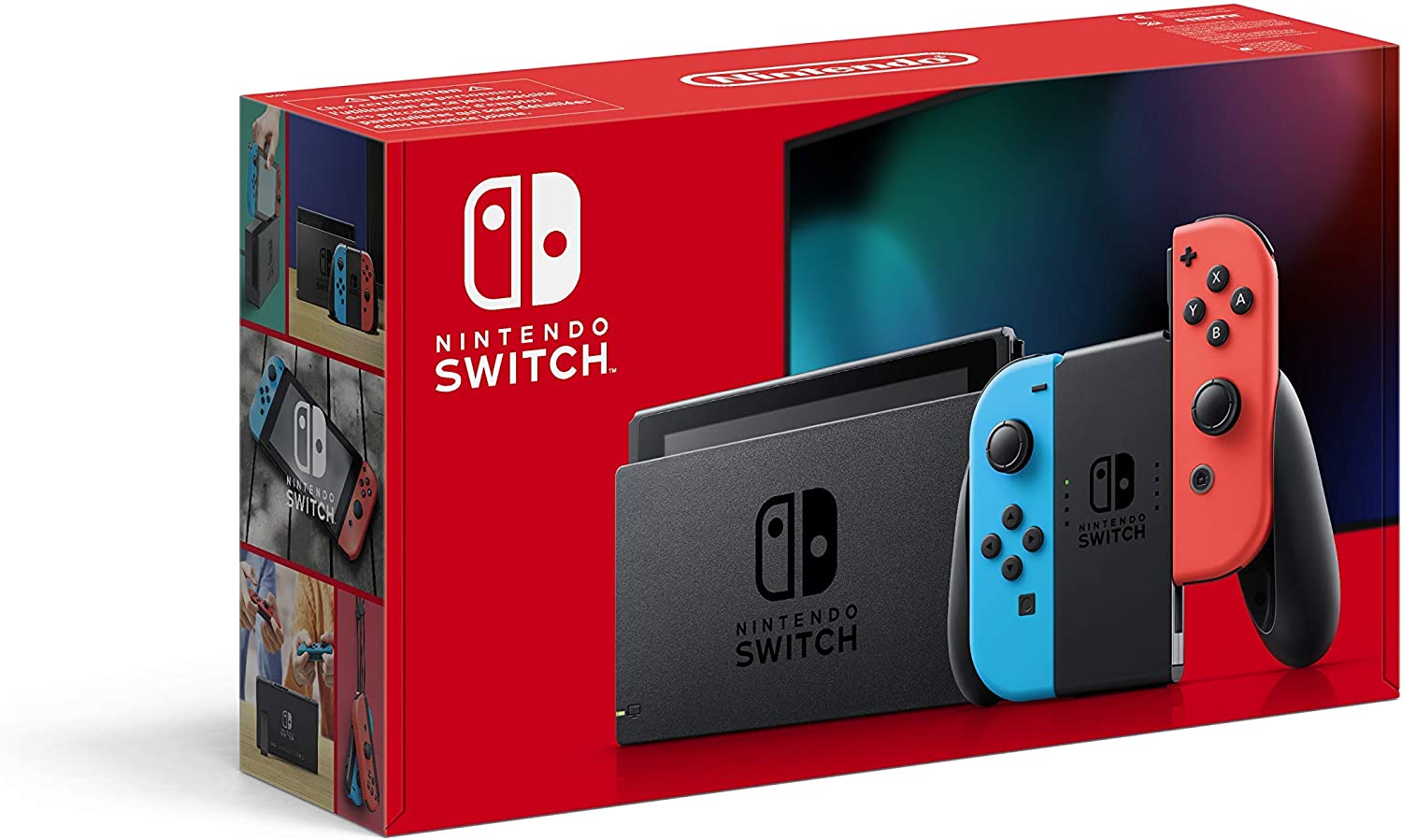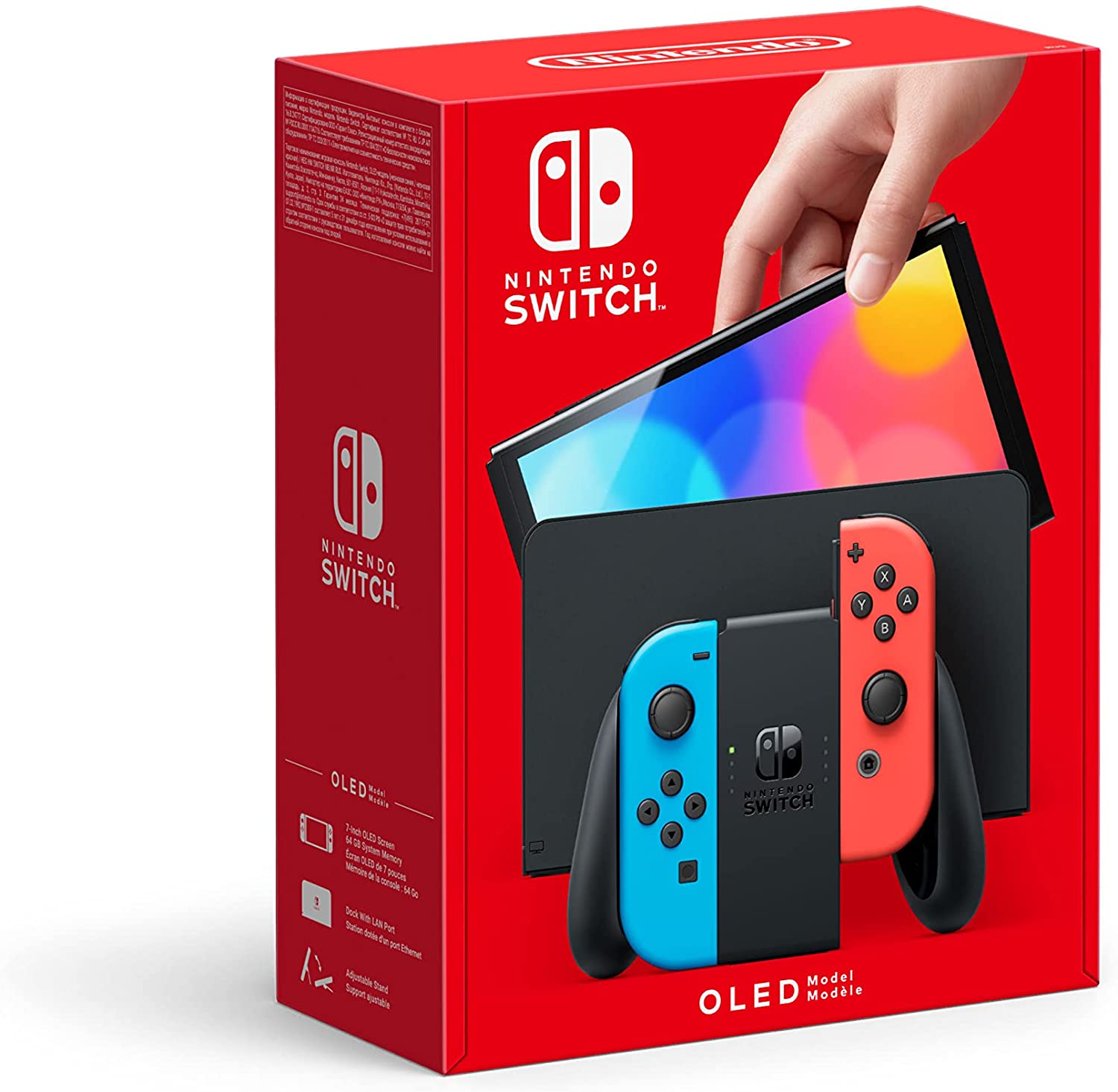|
The simplest! Switch Lite
Screen: 5.5 inches |
Top-selling model! Switch
Screen: 6.2 inches |
The most desired! Switch OLED
Screen: 7 inches |
It seems like yesterday when Nintendo left us speechless with the Nintendo Switch. It was a portable console that reminded us of the mythical Gameboy ¸ although obviously with an incomparable technological display. Nintendo put in our hands (literally) a small console that could be used anywhere.
However, over the past few years Nintendo has been releasing new versions of the console. Today we can find: the Nintendo Switch Lite, the Switch and the Switch OLED. Each one stands out at a particular point, so, despite the fact that they are very similar, you have to pay close attention to all the details if you don’t want to be surprised: resolution, storage, CPU, autonomy…
Luckily, in this review you will find all the necessary information to know everything about these consoles.
Nintendo Switch Lite vs. Nintendo Switch vs. Nintendo Switch OLED – Comparison
Here you can find the specifications of each Nintendo console. This is very useful to know in advance if they meet your aspirations or if, on the contrary, you have avoided making a bad purchase. Don’t worry if you don’t understand a point, as we’ll cover them in more depth later.
(Slide the table to see all the content)
Switch Lite
|
Switch
|
Switch OLED
|
|
| Weight(with Joy-Con controls) | 277 grams* | 399 grams | 426.38 grams |
| Dimensions | 9 x 20 x 1.4 cm | 10.16 x 23.88 x 1.4 cm | 10.16 x 24.13 x 1.4 cm |
| Buttons | POWER/volumen* | POWER/volumen | POWER/volumen |
| Screen | 5.5″ | 6.2″ | 7″ |
| Resolution | 1280 x 720 px | 1280 x 720 px | 1280 x 720 px |
| Touch screen | Yes | Yes | Yes |
| CPU | NVIDIA Custom Tegra | NVIDIA Custom Tegra | NVIDIA Custom Tegra |
| Storage | 32 GB | 32 GB | 64 GB |
| Compatible memory cards | MicroSDHC + microSDXC | MicroSDHC + microSDXC | MicroSDHC + microSDXC |
| Wireless connection | Wi-Fi + Bluetooth 4.1 + NFC | Wi-Fi + Bluetooth 4.1 | Wi-Fi + Bluetooth 4.1 + LAN (TV mode) |
| USB connector | USB-C | USB-C | USB-C |
| Speakers | Stereo | Stereo | Stereo |
| Audio connector | 3.5mm jack | 3.5mm jack | 33.5 mm 4-pole connector |
| Sensors | Accelerometer and gyroscope | Accelerometer + gyroscope + brightness sensor | Accelerometer + gyroscope + brightness sensor |
| Battery duration | 3 – 7 hours | 4.5 – 9 hours | 4.5 – 9 hours |
| Loading time | Three hours | Three hours | Three hours |
| Video output in TV mode | – | 1080p | 1080p |
| Video output in portable mode | – | 720p | 720p |
Design and size
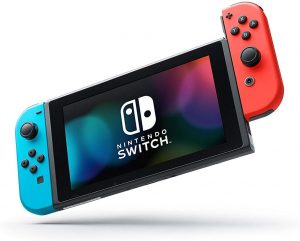
We take the first steps in this review looking at the appearance of the consoles. In general terms we could say that it is a screen to which the Joy-Con (controllers) can be incorporated, at least in the case of the Nintendo Switch and the Switch OLED, since in the Switch Lite the Joy-Con form intrinsic part of the console, that is, you will not be able to remove or put them at will.
In terms of weight, the Switch Lite is the lightest Nintendo, although it is also perhaps due to its slightly smaller size.
If we look at the buttons themselves, beyond the controls, on each console we find a POWER button and the volume control buttons.
By the way, surely you have noticed the asterisks in the comparison table, right in the characteristics of the Nintendo Switch Lite. This is due to the fact that it is an integral console, unlike the Switch and the OLED.
Screen
We are fully at a point where some differences can be seen. For example, did you know that all three Nintendos have screens of different sizes?
Yes that’s how it is. In fact, the Switch OLED has a 7″ by 5.5″ screen than the Switch Lite. On devices this size, that’s a major difference. However, in terms of resolutions, identical 1280 x 720 px.
Of course, the screens of the three consoles are touch.
What are they hiding under the casing?

Yes, we already know that the screen is essential, but when opting for one Nintendo or another (this applies to any console) you must take into account aspects such as the CPU and memory, since they are key aspects of the console’s performance.
In this case, the three Nintendos mount an NVIDIA Custom Tegra, which is not bad at all: 8 cores, 1000 MHz speed, 64-bit architecture…
Regarding storage, we see how the OLED Switch stands out with up to 64 GB of capacity, while the Switch and the Switch stay at 32 GB. Don’t worry if your memory seems low though, as you can expand it by up to 2TB with a memory card. (MicroSDHC or MicroSDXC).
Connectivity and sound
Another key point of these consoles is connectivity. The three consoles have a bluetooth connection (same version), as well as a Wi-Fi connection. However, the Switch Lite has NFC and the OLED, on the other hand, with a LAN connection.
All three Nintendo models have a USB-C connector.
Sound is also very important in video games. That’s why you can choose between headphones (via a 3.5mm jack) or the console’s own speakers, which offer stereo sound. It’s nothing special, but it performs its function correctly.
Sensors and autonomy
It may seem strange to you to hear about sensors when we talk about consoles, but that’s the way it is. The accelerometer and gyroscope is present in all three consoles. However, the brightness sensor is integrated only in the Switch and the Switch OLED.
Autonomy is another point that can make you dismiss one option in favor of another. The Nintendo Switch is a portable console, so the battery life has to be in line with all the potential of use that it offers. Will this be the case? Let’s see it.
The Nintendo Switch and the OLED Switch have an autonomy that ranges between 4.5 and 9 hours, obviously depending on the use that is given to it. However, this time is reduced in the Switch Lite, which moves between 3 and 7 hours.
Full charge time is similar across all three consoles, around 3 hours.
TV mode
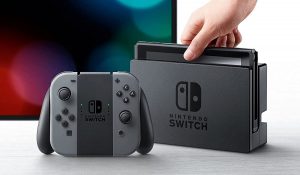
One of the most attractive features of the Nintendo Switch is the ability to connect with a television and go from being a portable console to a more traditional one.
For this reason, it is important to know the video quality that you will find in the different options in which you decide to enjoy the Nintendo Switch. On a Nintendo Switch or Switch OLED, you can enjoy on a TV at 1080p, while in handheld mode the quality is reduced to 720p.
On the other hand, what is very important for you to know is that the Nintendo Switch Lite cannot be connected to television, it does not have a TV mode and therefore it is a 100% portable console.
We have a verdict
After analyzing the three consoles, we have drawn some very interesting conclusions that we want to share with you so that you can make the best decision.
Let’s see, if we look at the specifications, the Nintendo Switch OLED stands out from the rest. It is a small evolution of the standard Switch, with a larger screen, more capacity and better connection. Also, if your idea is to play both on television and on the console itself, there is no better option.
So what about the Switch Lite? We could define it as a threat from Nintendo to bring out a console focused on the portable, but without any advantage over the previous models. Well, it is lighter, but we can highlight little else.

